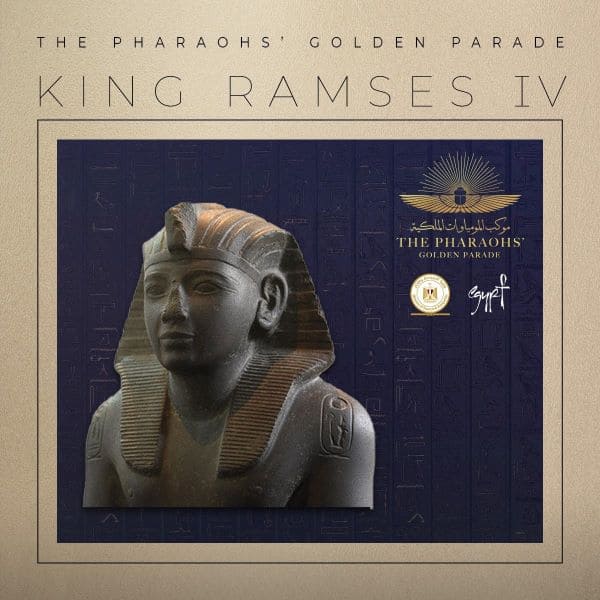The Egyptian Museum in Tahrir - Royal Mummies

Egyptian Museum in Tahrir on the preliminary list of World Heritage Sites Egyptian Museum in Tahrir The World Heritage Committee of the United Nations Educational, Scientific and Cultural Organization (UNESCO) has included the Egyptian Museum in its tentative list of World Heritage sites, as the Ministry of Tourism and Antiquities applied for last February, in accordance with the established criteria for registering world heritage sites. Mr. Abdel Mohsen Shafi’i, General Supervisor of the Central Administration for Public and International Relations at the Ministry of Tourism and Antiquities, stated that the Ministry was keen, to send to UNESCO highlights of how special the museum is, it is considered as a cultural beacon in the heart of Cairo and a part of the Egyptian civilization. It is the first national museum in the Middle East that includes the largest and most important archaeological treasures of the ancient Egyptian civilization, in addition to being a unique landmark t...























